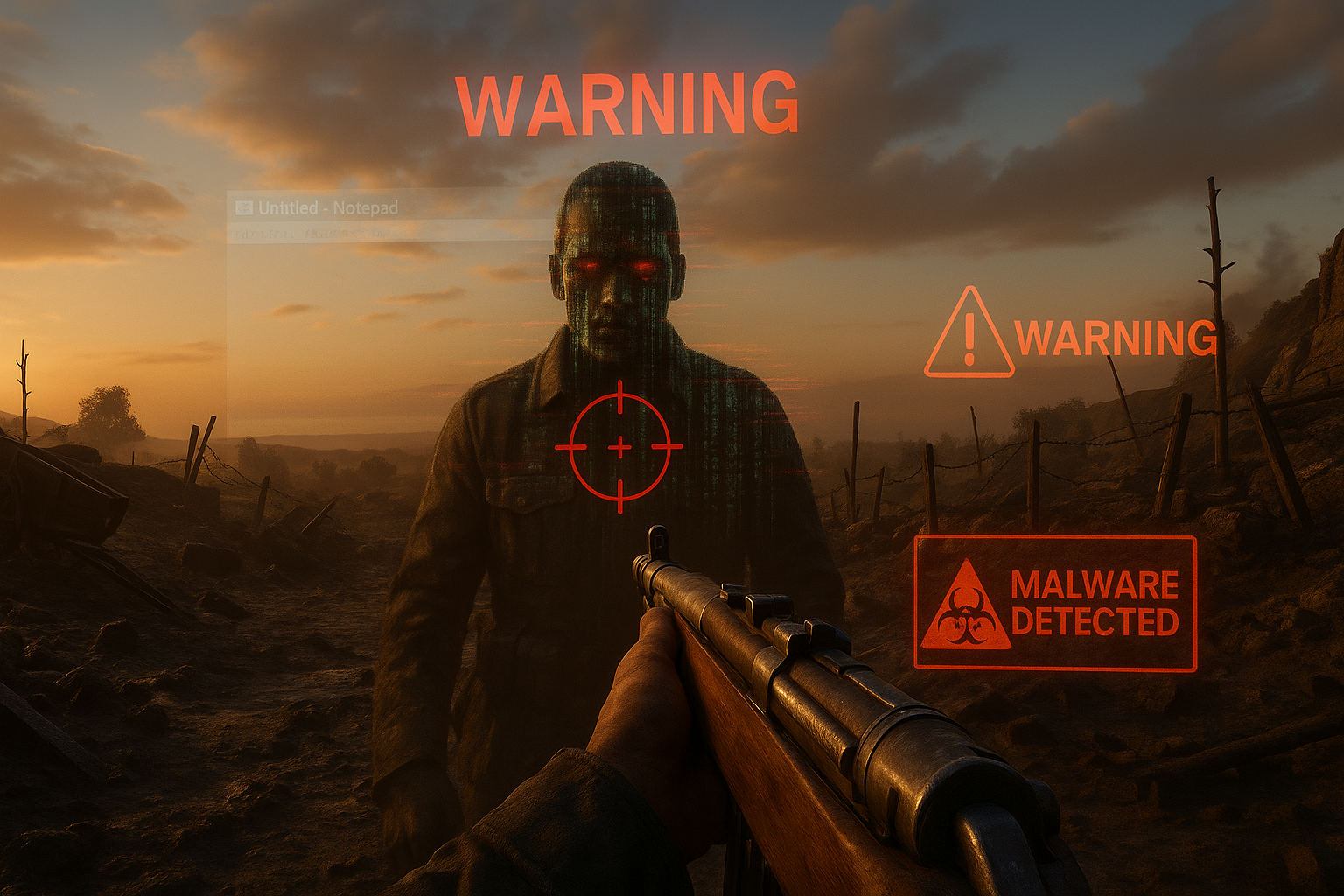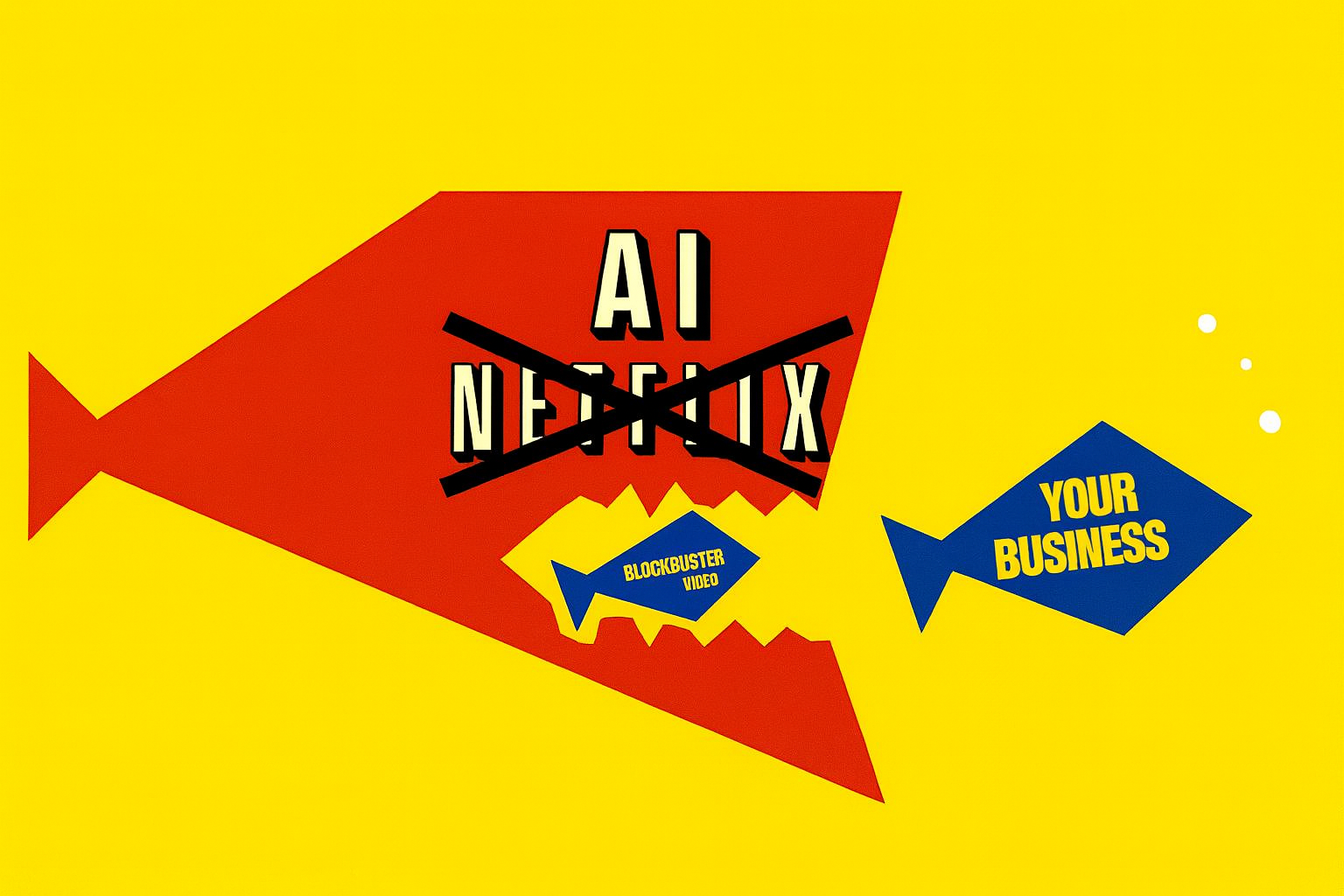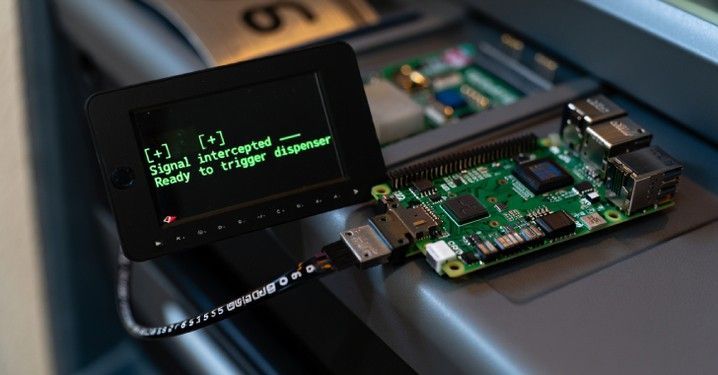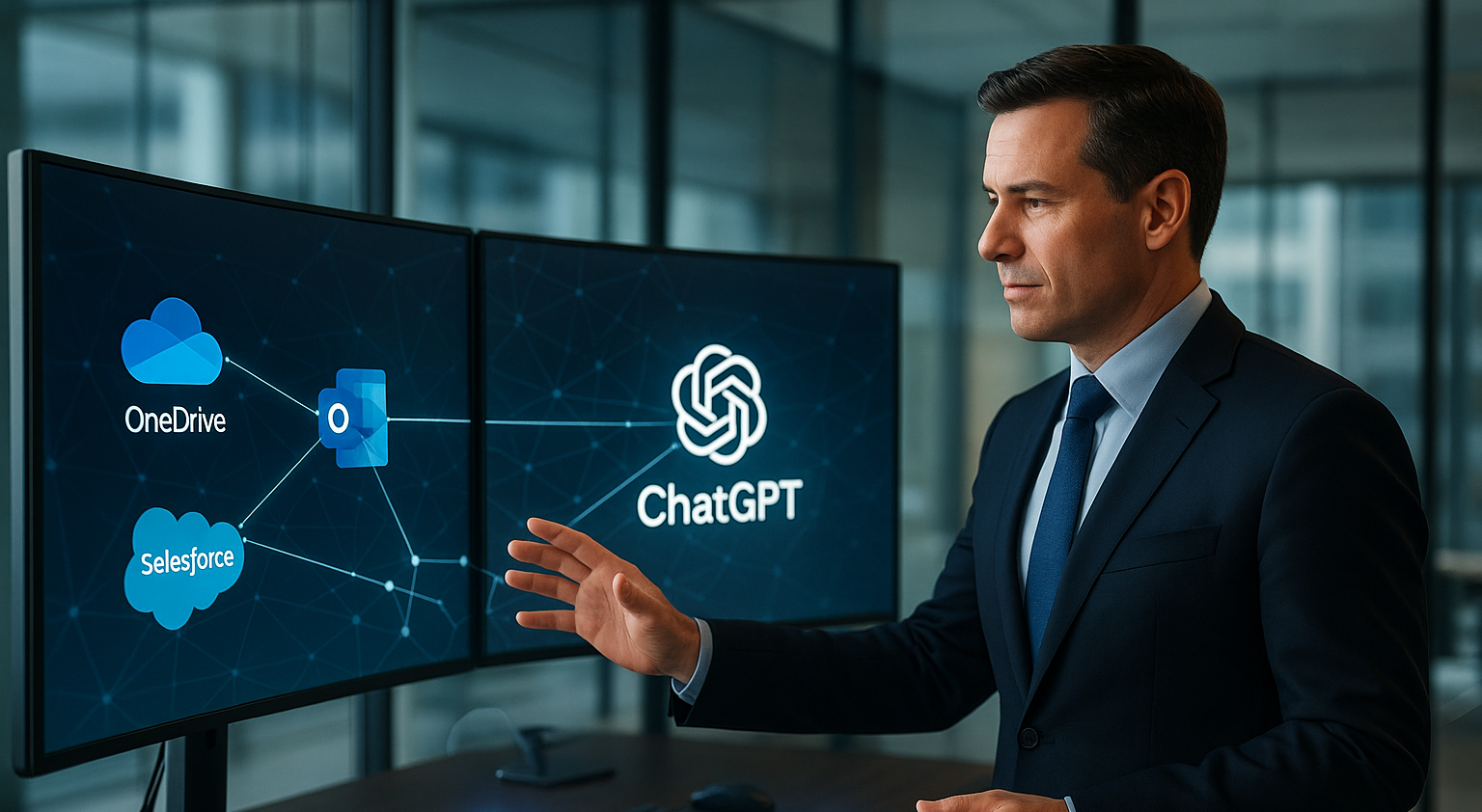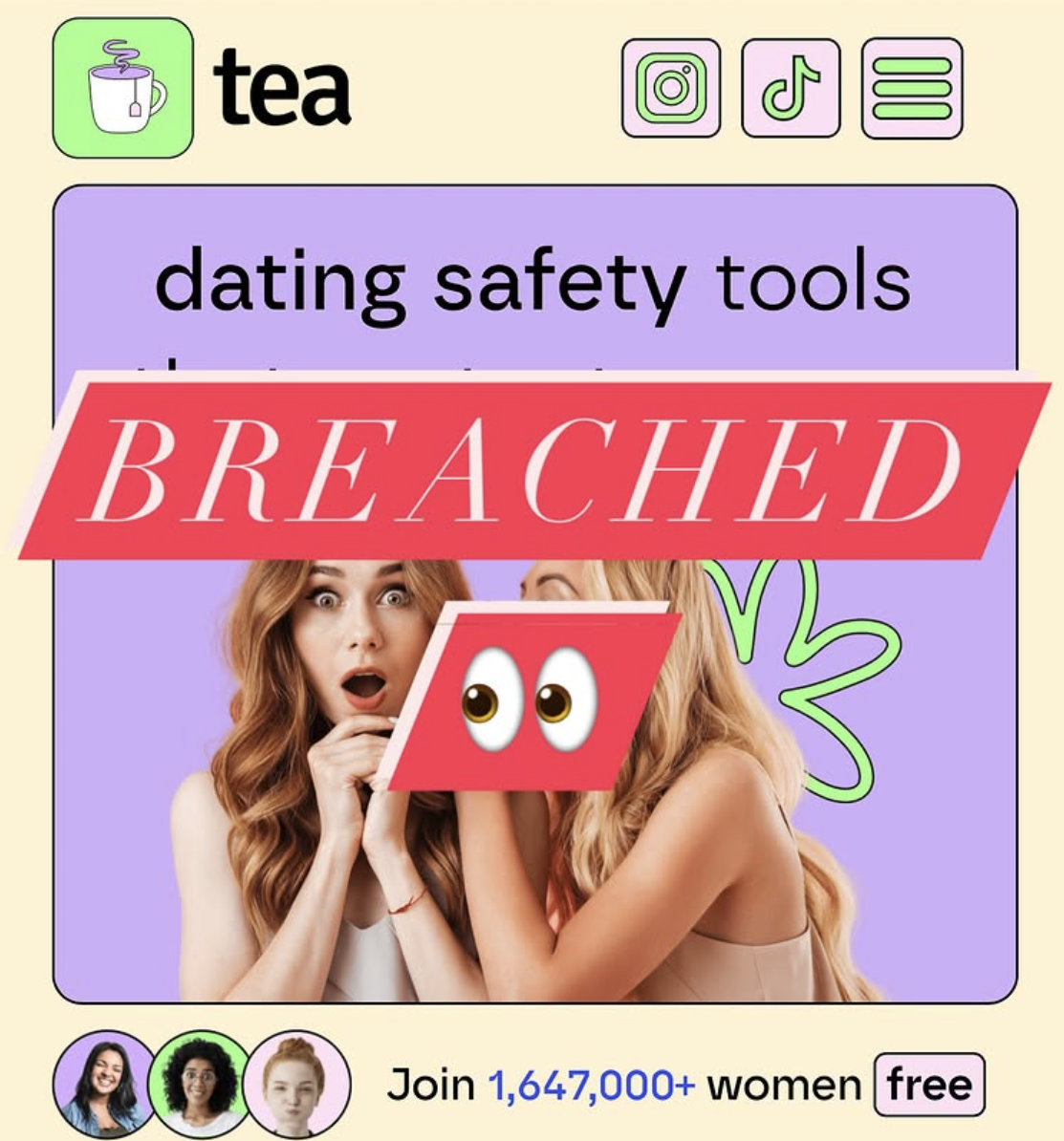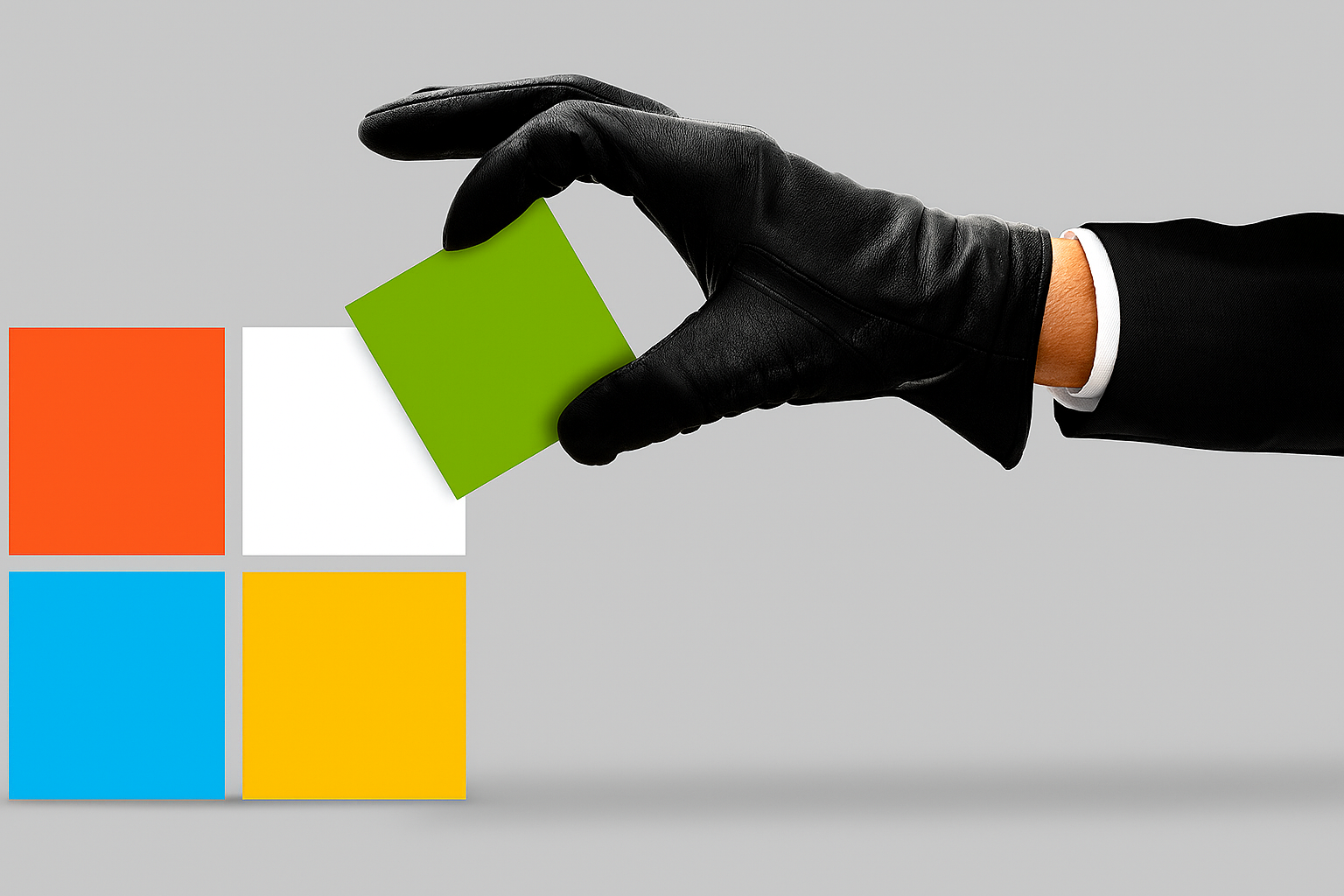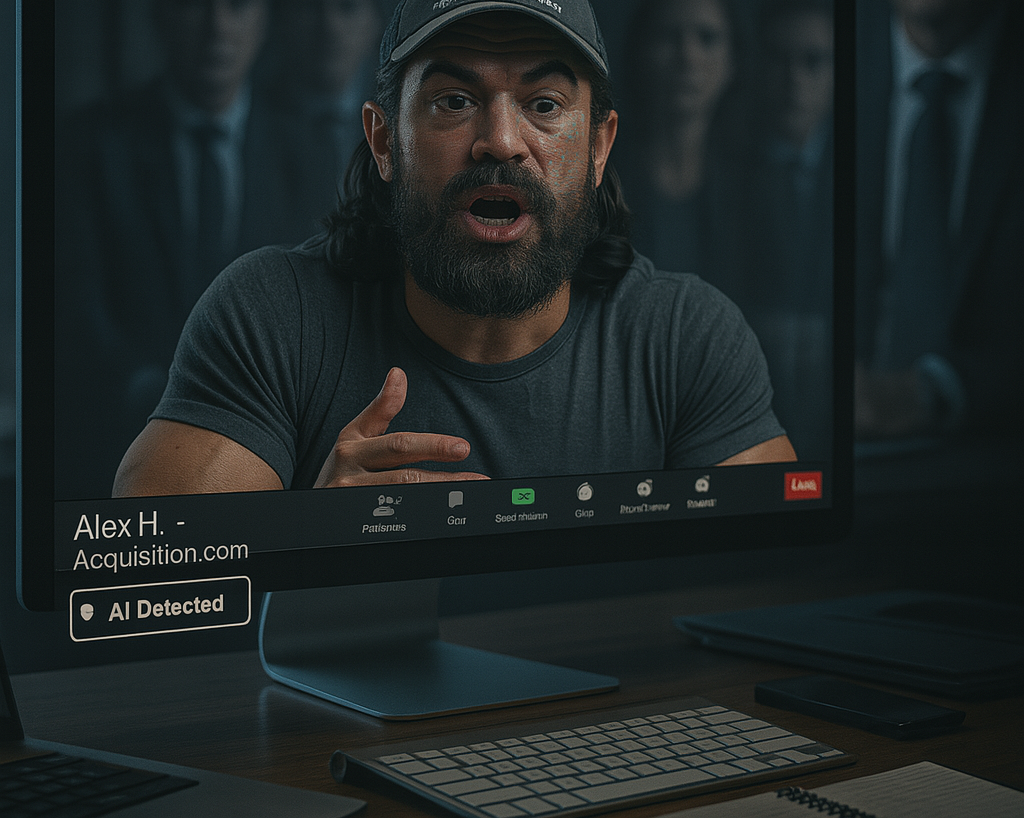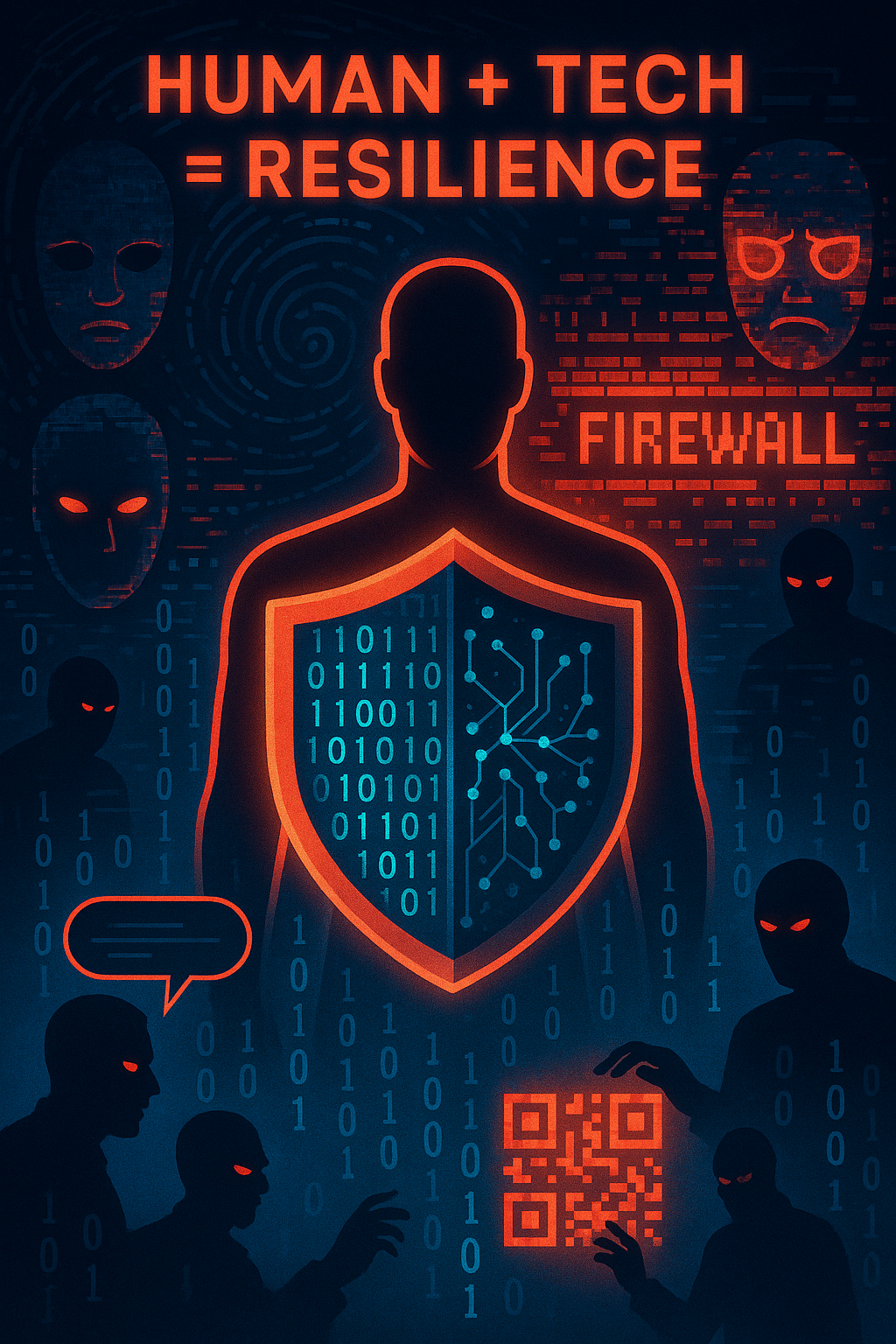Reframing Cybersecurity Sales
Turning Conversations into Strategic Alliances in the AI Era
Imagine this: It's a crisp October morning in 2025, and your phone buzzes with breaking news: an AI orchestrated ransomware attack has crippled a major supply chain partner, halting operations across an entire industry. As the CISO, you're not just reacting to headlines; you're fielding calls from executives demanding, "How exposed are we?" In that moment, the real battle isn't just technical: it's conversational. How do you guide those discussions from panic to partnership without sounding like another vendor pushing fear? That's where masterful sales frameworks come in, transforming cybersecurity pitches from product dumps into value driven dialogues that build trust and uncover opportunities.
As we navigate 2025's cybersecurity landscape, where AI driven malware and zero trust architectures dominate headlines, the art of strategic questioning isn't optional: it's your competitive edge. We at Krome IT have refined a suite of message frameworks that draw from real world client stories and timeless sales wisdom, much like the insightful breakdowns in recent podcasts exploring how top performers close deals by sparking self discovery rather than dictating solutions. These aren't scripts; they're conversation catalysts designed to align security with business goals, whether you're fortifying against quantum threats or embedding compliance as a revenue driver.
Think of it like upgrading from a basic deadbolt to a smart home ecosystem: One locks the door; the other anticipates intruders, alerts you in real time, and even negotiates with neighbors for shared vigilance. In cybersecurity sales, basic pitches lock in features: frameworks like these create ecosystems of insight, where prospects see their own blind spots and envision your Microsoft Cloud solutions as the seamless integrator.
The Power of Frameworks: From Anxiety to Empowerment
Drawing from frameworks we have honed at Krome IT, let's unpack a few that resonate deeply in today's threat accelerated world. These aren't theoretical, they're battle tested tools that validate challenges, reframe security as an enabler, and invite prospects to co author the next steps. By weaving in analogies and open ended questions, you sidestep defensiveness and foster that "aha" moment: much like Elon Musk demystifying rocket science with a single, vivid metaphor.
Here's a quick overview of four standout frameworks, tailored to 2025 trends:
Future Proofing Against Emerging Technologies
- Business Value: Normalizes AI/blockchain concerns, positioning security as strategic.
- Key Question Example: "I'm interested in how your organization is thinking about emerging technologies like AI and blockchain: have these been part of your strategic technology discussions yet?"
- Tie to 2025 Trend: With 67% of organizations believing AI driven attacks are on the rise and 58% citing AI powered malware as a top concern, this framework uncovers integration gaps before they become exploits.
Reframing Security as a Competitive Advantage
- Business Value: Shifts from cost center to revenue enabler.
- Key Question Example: "I've noticed something interesting... a growing number of forward thinking companies are discovering [cybersecurity's] actually becoming a powerful competitive advantage. I'm curious, how do you currently view your security investments: as costs or as potential business enablers?"
- Tie to 2025 Trend: With over 70% of organizations having experienced a significant third party cyber incident and 88% expressing high concern about supply chain risks, robust security postures are key to winning contracts: zero trust compliance becomes your RFP superpower.
The Identity Shift from Reactive to Resilient
- Business Value: Focuses on emotional transformation from worry to confidence.
- Key Question Example: "I'm interested in understanding how you and your team currently feel when security incidents hit the news: do you find yourselves holding your breath... or do you feel confident in your preparations?"
- Tie to 2025 Trend: As Ransomware as a Service continues to surge with campaigns increasing in volume and sophistication, this demands resilience over mere reaction; guide leaders to "security confidence" via Krome's advisory simulations.
Simplifying Complexity Through Analogies
- Business Value: Makes zero trust or quantum prep accessible.
- Key Question Example: "Cybersecurity today reminds me of how people approach home security... I'm curious, where would you place your organization's current cybersecurity approach on that spectrum?"
- Tie to 2025 Trend: With nearly two thirds of organizations viewing quantum computing as the most critical cybersecurity threat in the next three to five years, analogies demystify these looming threats, easing adoption of advanced tools like our AI enhanced monitoring.
These frameworks aren't about interrogation: they're invitations to explore. For instance, when discussing AI disruptions, follow up with: "Many business leaders we speak with are concerned about how these technologies might impact their security requirements... has your team begun exploring those implications?" It's subtle, but it plants the seed: What if your overlooked API endpoint is the next vector for an AI fueled breach?
Our Journey at Krome IT: Waste Hours to Not Waste Years
We at Krome IT will be candid: staying ahead in this field feels like drinking from a firehose sometimes. Just last week, we tuned into a podcast episode unpacking message frameworks for high stakes B2B sales (think: the kind that turn skeptics into advocates overnight). It reminded us why we block out time each month for deep dives into resources like the World Economic Forum's Global Cybersecurity Outlook or CrowdStrike's annual threat report. We are all learners here at Krome IT, attending events like Black Hat and collaborating on compliance roadmaps that evolve with regs like GDPR 2.0. That's why we get to play with the latest AI tools and haven't used Google in almost two years, staying immersed in AI's cutting-edge trends and the security needs they unleash, from adaptive threat detection to ethical data governance. The mantra? Waste hours today to not waste years tomorrow. It's why our team integrates these frameworks into every client workshop: helping you quantify not just risks, but the ROI of a "security confident" and "tomorrow-ready" culture.
And here's a thought to chew on: In an era where 88% of execs fret over third party vulnerabilities, how often do your sales convos probe the human element? Does your team default to IT's burden, or elevate it to everyone's shared vigilance? We have seen organizations skyrocket their posture simply by running awareness simulations: redirecting firefighting energy toward innovation.
Partnering for the Long Haul: Krome IT as Your Guide
We at Krome IT don't sell solutions; we co create resilience. Our Cloud integrations and cybersecurity assessments embody these frameworks, turning compliance from a checkbox into a marketplace moat. Whether it's auditing your AI adoption for hidden vectors or stress testing disaster recovery with real world pressures, we are here to bridge that expertise gap without bloating your headcount.
As 2025 unfolds with its quantum whispers and AI symphonies of threats, one question lingers: Have you pressure tested your cybersecurity conversations lately? If a casual chat with a prospect could reveal a supply chain Achilles' heel: or unlock a strategic alliance, what's stopping you from starting today?
Drop us a line at Krome IT; let's schedule that curiosity sparking call and future proof together.
After all, in tech's relentless sprint, the sharpest minds aren't just informed: they are the ones asking the right questions.
